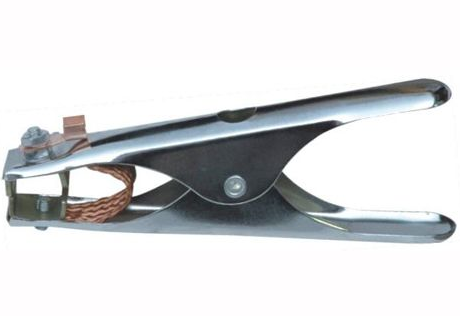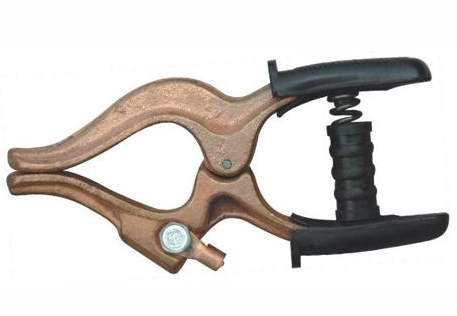Guide to Choosing Earth ClampsEarth clamps play a crucial role in grounding and electrical safety, making the right choice essential for various applications. Whether you're working on electrical installations, welding projects, or other applications requiring grounding, this guide will help you navigate the factors to consider when choosing earth clamps. Make an informed decision to ensure safety and optimal performance.
1. Material and Build Quality
Consider the material and build quality of the earth clamp. High-quality materials, such as copper or brass, provide excellent conductivity and corrosion resistance. Robust construction ensures durability, especially in demanding environments. Choose a clamp that can withstand the conditions of your specific application.
2. Size and Capacity
Select an earth clamp with an appropriate size and capacity for your intended use. The clamp's size should match the conductor or workpiece's diameter to ensure a secure and effective connection. Additionally, consider the current-carrying capacity of the clamp, ensuring it can handle the maximum current expected in your application without overheating.

Earth Clamp
3. Jaw Design
Examine the jaw design of the earth clamp. Different applications may require specific jaw configurations, such as C-clamps, G-clamps, or magnetic clamps. The jaw design should allow for easy and secure attachment to the workpiece, ensuring a reliable electrical connection.
4. Connection Type
Earth clamps come with various connection types, including screw-type, cam-lock, or spring-loaded mechanisms. Choose a connection type that suits your application and facilitates quick and secure attachment. Ensure that the connection type provides consistent and low-resistance contact for effective grounding.
5. Insulation and Safety Features
Check for insulation and safety features in the earth clamp design. Insulated handles or coatings help prevent electrical shock and provide additional protection for the user. Look for clamps with built-in safety features such as a locking mechanism to ensure a stable connection during use.
6. Application-Specific Considerations
Consider any specific requirements or challenges in your application. For example, if you're working in a welding environment, choose an earth clamp designed to withstand heat and welding spatter. Tailor your choice based on the unique conditions of your work environment.

Earth Clamp
Frequently Asked Questions (FAQs)
Q: Can I use any earth clamp for welding applications?
A: It's recommended to use earth clamps specifically designed for welding applications. These clamps are built to withstand the heat generated during welding and provide a secure connection to the workpiece.
Q: How do I determine the correct size of an earth clamp for my application?
A: Choose an earth clamp with a jaw size that matches the diameter of the conductor or workpiece. Proper sizing ensures a secure connection and effective grounding.
Q: Are there universal earth clamps suitable for various applications?
A: While some earth clamps are versatile, it's essential to consider the specific requirements of your application. Different environments and workpieces may demand specialized features in an earth clamp.
Q: What maintenance is required for earth clamps?
A: Regular inspection for wear, corrosion, and proper functioning is crucial. Clean the clamp regularly to ensure good conductivity. Replace any damaged or worn parts promptly to maintain safety and performance.
It is our great honor to satisfy your requirements on welding products. Any requirement from you will be maximized by us.









